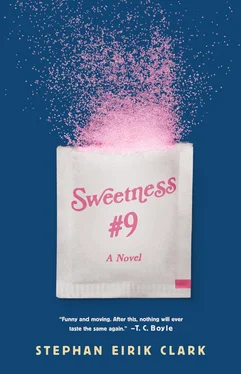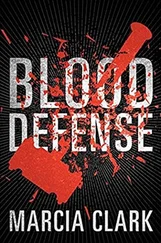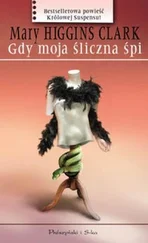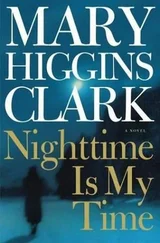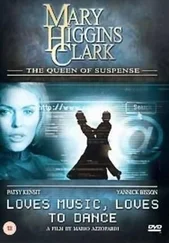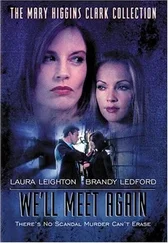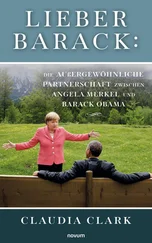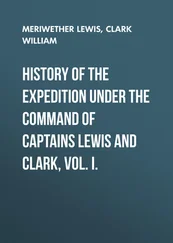Beekley walked on, willfully ignoring me until Tennessee and Koba had fallen a few paces behind us; then he told me he thought I should know that he’d gotten an email from Priscilla the previous night. “Asked if I knew anything about Sweetness #9,” he said.
“Christ.” His stride wasn’t longer than mine, but it was quicker. I struggled to keep up. “So you know she’s investigating me?”
He glanced over his shoulder. “She said it was for a think-piece.”
“Yes, and I doubt she’ll be happy until she finds a way to bring me down.”
“She’s a comer, David. What do you expect? That’s what comers do. They come for you.”
A moment, and then: “You’re not helping her, are you?”
Again, he glanced at me.
“Because if I open the paper one day and see something attributed to ‘a source inside FlavAmerica,’ I will know who it is, and I will act accordingly.”
He smirked, shaking his head. “I don’t know what to say, David. If I were a mole, I wouldn’t tell you. And if I told you that I wasn’t, there’d be no way for you to know if I wasn’t simply covering for the fact that I was.”
A man on a unicycle passed us, going the other way.
“I hope you have children one day,” I told Beekley.
We moved down off the bridge then and out amongst the stalls of the farmer’s market, which lined both sides of the riverfront walkway.
Tennessee stopped at a table to study a basket of heirloom tomatoes. “They’re neither uniform in size or color,” he said, “and this one”—he turned it over, then passed it on to Koba—“has dirt adhered to its burst seams.”
One of the two farmers tending this stall, a bearded man in a tie-dyed Grateful Dead T-shirt, smiled as if we were there to play some elaborate joke on him. We’d rushed out of the lab so quickly that Koba, Tennessee, and I were still wearing our lab coats.
“We’re local,” he said, apropos of nothing.
“So are we,” Tennessee answered.
Beekley led us away from the table, saying that while the tomato might be somewhat revealing, it said only so much all by itself. “Multiple data points, that’s what we need if we’re to understand the American consumer. When you put one thing next to another, that’s when you know you have something dense and meaningful.”
Koba smiled giddily. “This is exciting. I can’t wait to find out where we’re going.”
“It is nearby, I hope.” We were passing the last stall now and leaving the farmer’s market. “We do have work back in the lab, you know.”
Beekley pointed to a building at the far end of the street.
“Is that a museum?” Koba said.
The building was still half-covered in scaffolding. An unlit neon sign jutted out over its front door. “MUSEUM,” it read, quotation marks and all.
“It’s not even officially open yet,” Beekley said. “Today’s a free preview.”
Refusing to elaborate, he ushered us in and encouraged us to go on before him, saying he’d already been there twice that morning. Koba and Tennessee drifted up to the second floor, lured by an arrow promising the work of a Dutch master. I toured the main floor, which was devoted to contemporary artists: Dalí, Edward Hopper, too much Warhol and too little Picasso, then Lichtenstein and a couple of Jackson Pollocks.
As I stepped away from one of Pollock’s masterworks, Beekley said, “Three seconds. Ten years ago, people spent an average of ten seconds in front of a painting. Now we’re down to three.”
“How’d all this art get here?” I said. “To Battle Station, I mean. Shouldn’t it be in New York? Is it on tour?”
“Seven seconds gone in ten years, David. If I had told you our life expectancy had fallen seventy percent, you’d agree it was a monumental shift in the human experience. But it’s seconds and not years, so you think it’s no big deal.”
“I don’t care about stop-watches; I want to know about the art. Did some billionaire move to town? One of these young Internet men rich on porn or offshore gambling?”
“Soon, they’ll combine museums with gyms. The Guggenheim is already designed for it. You’ll run around an indoor track, building up a sweat as you fly past the works of art. Then you’ll arrive in the room with all the nudes, where you’ll take the opportunity to lather up and have a shower.”
“Tell me, Beekley. How is this here?”
“It’s fake.”
I pointed at the painting in front of me. “The Pollock?”
“All of them,” he said. “Every painting in here was once believed to be real but later discovered to be a fake. Go up to the second floor. You’ll find a woman renting headphones. You can double back around, listening to a guided tour and learning about all the deceit you’ve taken in.” He grinned as if there were nothing better. “Don’t you understand the significance of this?”
I looked at a young artist who’d set up her easel before the famous Hopper depicting a handful of lonely souls at a late-night diner. She was halfway through her studied reproduction of the studied reproduction.
“What do we do, David? We tell people, ‘This is what a strawberry tastes like,’ and eventually that’s what they come to believe: this is what a strawberry tastes like. ”
I turned back to the Pollock. “But it’s all splatterings and drips. You can’t fake a Pollock.”
“You think it’s any less difficult than faking a strawberry? Some guy in Oregon uses computers and fractal geometry, pattern analysis and machines. Hell, once you’ve got the real thing to study, it’s easier than painting the original. This particular piece hung for seven years in Pittsburgh.”
I looked at it anew, my chin floating out to one side. When I moved on to the next, Beekley said, “Ten seconds.”
Koba caught up to us a few minutes later. “Rembrandts!” he said. “The second floor is filthy with them! You have to come see, David.”
Beekley pointed to the ceiling. “One painting up there hung in a Portuguese museum for twenty-five years. Hundreds of thousands of people saw it. Can you imagine? Fathers took their sons, and then those sons grew up to take their own sons. Then last year its paint was tested and the truth revealed: the pigments were unlike any Rembrandt could have known.”
“A reproduction?” Koba said.
A couple walked by hand in hand, both of them wearing headphones. I hadn’t noticed it before, but every second or third person had a pair on.
“Do you mean to say there are reproductions on the second floor?” Koba said.
“It shouldn’t change the experience,” Beekley continued. “They thought they saw a Rembrandt, and if you can’t tell the difference, why not just enjoy it? But once you learn of the real thing, that’s a whole new ballgame. It’s no different than when someone tastes a wild strawberry for the first time, or one of those heirloom tomatoes we saw out there. Have you tried one? They’re like heroin. You’ll be chasing that first taste your whole life.”
“What is he saying?” Koba asked.
“Don’t you get it, David? Once people realize they’ve been eating only the idea of a strawberry, or the idea of a tomato — don’t you see what will happen?”
I looked at him. He scared me at times like this. He was a young man in full control of his powers, not unmoored by the collapse of global Communism. He had a powerful nose.
“You’ve got to tell me.” Koba looked ready to grab me by the lapels. “Are they fakes? The Rembrandts up there?”
Tennessee was standing behind me, I realized; I don’t know how long he’d been there. I only noticed when he reached into the pocket of his lab coat for a flask.
“In a few days,” Beekley finished, taking in all of us now, “after word gets out and the newspapers do their write-ups, this won’t be a museum anymore, or even a place friends recommend to one another saying, ‘Just go. I don’t want to spoil it.’ It’ll be a place people come to knowingly, to show each other a smirk. They won’t be able to enjoy the pure experience of the inauthentic anymore. They will realize the distance between themselves and the truth, and knowing this they will grow mad, angry, perhaps even violent. Don’t you see? We’ve been discovered,” he said. “Our days are numbered. We might as well be making horse-drawn buggies, or trading in hydrogen futures on the strength of the zeppelin industry’s forward prospects. We’re doomed,” he said. “This museum, like that market out there — it is our gravestone.”
Читать дальше
